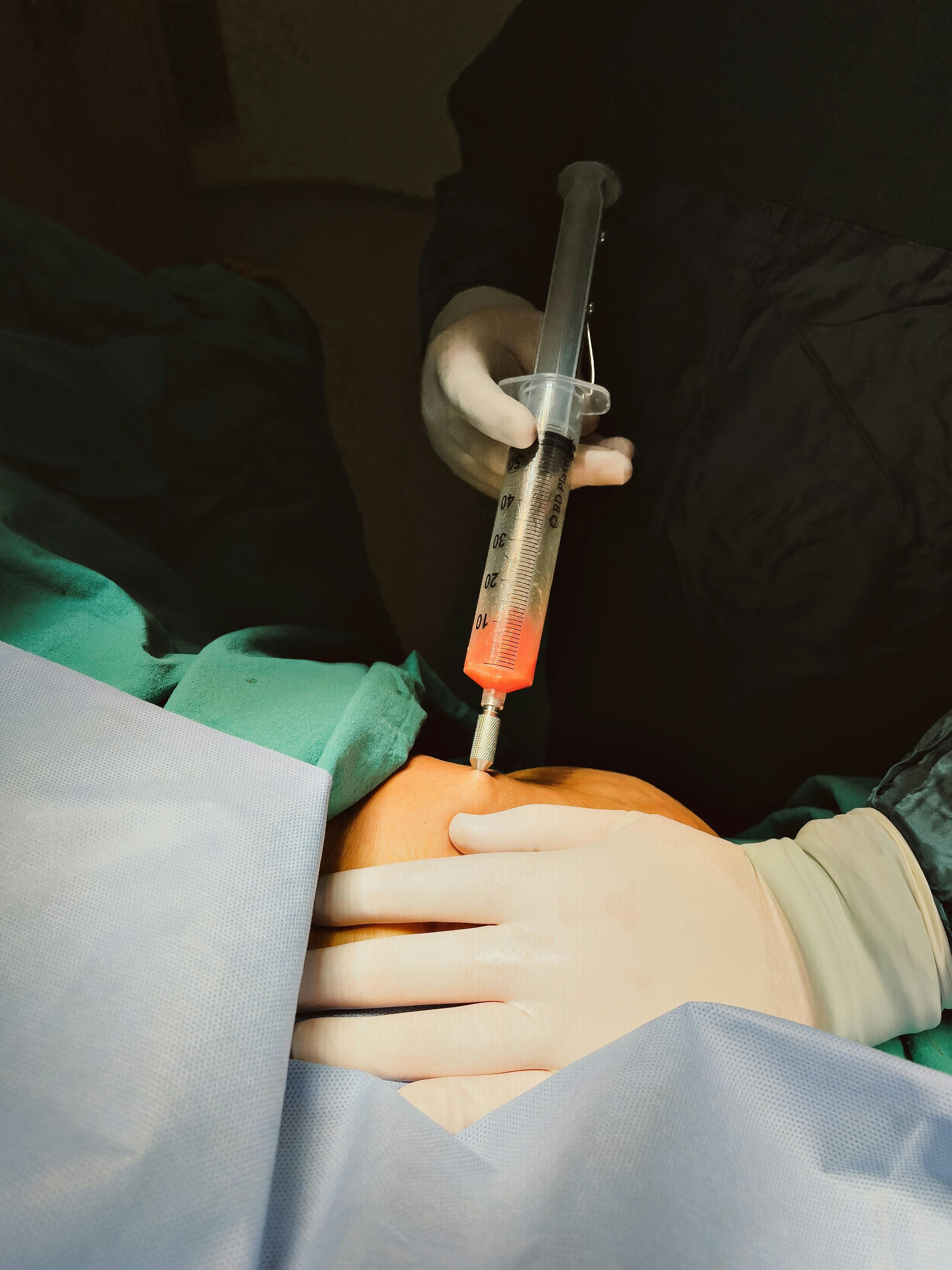Revolutionizing Dental Implants: Modern Approaches for Patient Comfort
Dental implants have long been considered the gold standard for tooth replacement, offering durability and function that closely mimics natural teeth. However, traditional implant procedures have often involved extensive surgery, prolonged healing times, and significant discomfort. Today, dental technology has evolved dramatically, introducing innovative approaches that minimize invasiveness while maximizing patient comfort and outcomes. These advancements are changing how patients perceive implant treatment and opening doors for those who previously avoided implants due to anxiety about surgical procedures.

The No-Surgery Revolution in Dental Implants
Traditional dental implants typically require significant surgical intervention, including incisions in the gum tissue, drilling into the jawbone, and months of healing. However, minimally invasive techniques are changing this paradigm. Flapless surgery techniques use specialized tools to place implants through small punched holes rather than cutting and reflecting large areas of gum tissue. Computer-guided implant placement allows dentists to plan the exact position of implants using 3D imaging, resulting in smaller incisions and more precise placement. These approaches significantly reduce tissue trauma, post-operative pain, and recovery time compared to conventional methods.
Mini dental implants represent another advancement in the no-surgery revolution. With a diameter approximately half that of traditional implants, these smaller alternatives can often be placed without extensive drilling or sutures, sometimes requiring only local anesthesia. While not suitable for all cases, they provide an excellent solution for stabilizing dentures or replacing smaller teeth in patients with limited bone volume.
Gentle Approaches to Modern Implant Dentistry
Patient comfort has become a central focus in modern implant dentistry. Beyond surgical techniques, comprehensive comfort management now includes advanced anesthesia options, from computer-controlled local anesthetic delivery systems to conscious sedation and full sleep dentistry for anxious patients. Many practices have incorporated comfort-enhancing elements like massage chairs, noise-canceling headphones, and virtual reality headsets to create more relaxing experiences.
The psychological aspect of dental anxiety is addressed through pre-procedure consultations focused on alleviating fears, detailed explanations of what patients can expect, and step-by-step guidance throughout treatment. Some clinicians use aromatherapy, music therapy, or guided meditation techniques to create calmer environments for nervous patients. These holistic approaches acknowledge that dental anxiety is multifaceted and requires addressing both physical discomfort and psychological stress.
Technology Transforming Dental Implant Procedures
Digital workflows have revolutionized implant planning and placement. Cone Beam Computed Tomography (CBCT) provides detailed 3D images of oral structures, allowing dentists to visualize bone density, nerve locations, and anatomical landmarks before surgery begins. Computer-aided design and manufacturing (CAD/CAM) systems enable the creation of surgical guides that direct implant placement with submillimeter accuracy.
Intraoral scanners have replaced uncomfortable impression materials in many practices, using optical technology to create digital models of patients’ mouths without the gagging and discomfort associated with traditional impressions. These technologies work together in a digital workflow that improves precision, reduces chairtime, and enhances patient comfort throughout the implant process.
Innovative Materials Enhancing Implant Success
The materials used in dental implants continue to evolve, with surface technologies that promote faster and more predictable osseointegration—the fusion between implant and bone. Nanostructured surfaces enhance cellular attachment, while bioactive coatings release growth factors that stimulate bone formation. These advances reduce healing times and improve success rates, particularly in challenging cases.
Beyond titanium, zirconia implants offer a metal-free alternative that appeals to patients concerned about metal allergies or seeking more natural-looking solutions. With exceptional biocompatibility and aesthetics, zirconia implants provide comparable strength to titanium while eliminating concerns about metal showing through thin gum tissue, particularly important in the esthetic zone.
Same-Day Implants: Immediate Solutions for Missing Teeth
Perhaps the most significant paradigm shift in implant dentistry is the development of immediate-load or “same-day” protocols. These approaches allow for extraction, implant placement, and attachment of a temporary crown in a single appointment—a procedure sometimes marketed as “teeth in a day.” While not appropriate for all patients, this technique eliminates the months of waiting traditionally required between implant placement and restoration.
Computer-guided immediate placement relies on detailed pre-surgical planning to ensure optimal implant positioning and immediate function. The temporary restorations are carefully designed to avoid excessive force during healing, allowing patients to leave the office with functional, aesthetic teeth while final integration occurs. This approach drastically reduces the social and psychological impact of tooth loss by eliminating extended periods without teeth.
Comparing Modern Implant Approaches
| Implant Approach | Main Benefits | Typical Candidacy | Approximate Cost Range |
|---|---|---|---|
| Traditional Implants | Maximum strength, high success rate for most cases | Most patients with adequate bone volume | $3,000-$5,000 per implant |
| Mini Dental Implants | Less invasive, lower cost, suitable for limited spaces | Patients with narrow ridges or for denture stabilization | $500-$1,500 per implant |
| All-on-4/6 Implants | Full-arch restoration with fewer implants | Patients needing full arch replacement | $20,000-$35,000 per arch |
| Zygomatic Implants | Option for severe bone loss without grafting | Patients with significant maxillary bone loss | $5,000-$10,000 per implant |
| Guided Flapless Surgery | Minimal invasiveness, faster healing | Patients with adequate bone and tissue | $3,500-$6,000 per implant |
Prices, rates, or cost estimates mentioned in this article are based on the latest available information but may change over time. Independent research is advised before making financial decisions.
The Future of Comfortable Implant Solutions
Looking ahead, emerging technologies promise to further enhance patient comfort and outcomes. Bioprinting techniques may eventually allow for the creation of custom bone grafting materials using the patient’s own cells, eliminating concerns about graft rejection. Stem cell therapies are being developed to regenerate natural tooth structures, potentially offering alternatives to traditional implants. While these technologies remain in development, they represent the continued trajectory toward more patient-centered, biologically harmonious approaches to tooth replacement.
The evolution of dental implant technology reflects dentistry’s broader shift toward less invasive, more comfortable patient experiences. Today’s innovative approaches make dental implants accessible to more patients, including those who previously avoided treatment due to fears about surgical procedures or extended recovery times. With continued advancements focusing on patient comfort without compromising clinical outcomes, dental implants continue to transform smiles and lives with increasingly gentle, sophisticated approaches.
This article is for informational purposes only and should not be considered medical advice. Please consult a qualified healthcare professional for personalized guidance and treatment.



